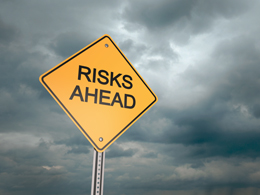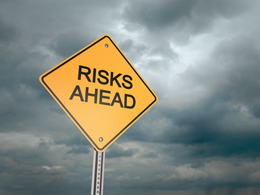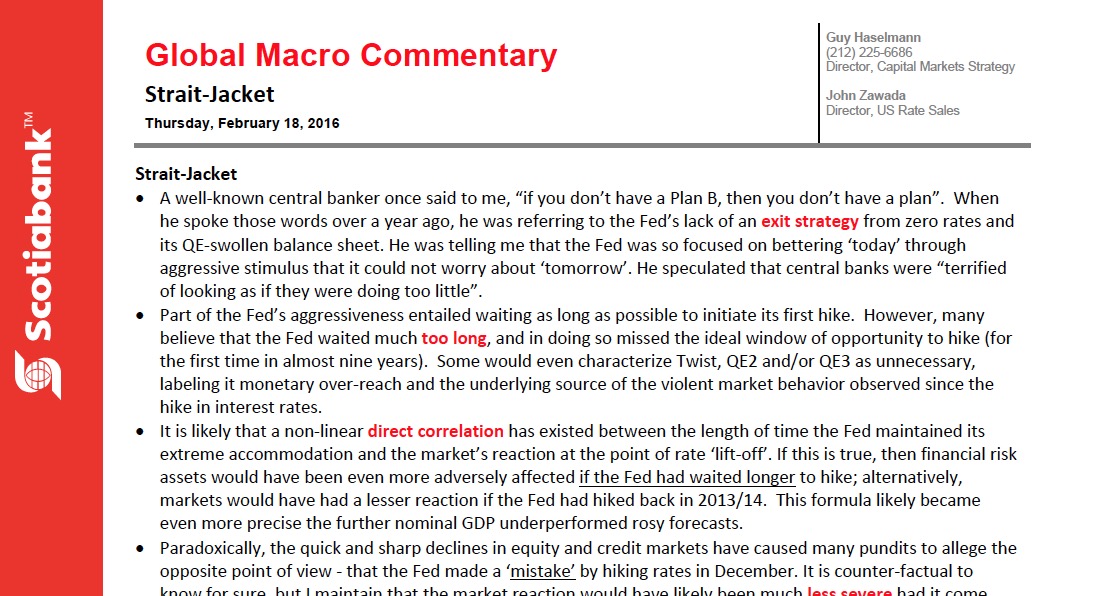Assessing Risks in the Rest of the World
by Brad McMillan Commonwealth Financial Network
 As the U.S. recovery continues and the economy normalizes, the problems—and opportunities—elsewhere in the world are becoming more important to American citizens and investors.
As the U.S. recovery continues and the economy normalizes, the problems—and opportunities—elsewhere in the world are becoming more important to American citizens and investors.
There are two big questions we need to ask ourselves:
- First, what are the risks we should be paying attention to?
- And second, where are the opportunities?
I’ve always believed that understanding the risks allows you to identify the opportunities, so let’s start there.
Which countries are riskiest right now?
I prefer to analyze risks on a country basis. Although some risks transcend national boundaries, they typically show themselves in national actions and markets. If I had to pick the biggest risks by region, I would say Italy in Europe and Japan in Asia.
Why Italy? Three reasons:
- As the third-largest country in the eurozone, after Germany and France, it’s big enough to matter—and can’t be bullied the way Greece was.
- Its banking system is in real trouble, and under EU regulations, the government can’t bail it out.
- For both those reasons, there is an escalating confrontation between Italy and Germany that could break up the eurozone.
We’ll discuss this more in another post, but for the moment, consider that Italy could become the new Greece (and in the reasonably near future). Regardless of whether the eurozone ultimately dissolves, another media storm is likely.
Why Japan? Although China gets the headlines, the government there has the political and economic tools to handle its problems. In Japan, that is increasingly in doubt.
Japan’s recent decision to impose negative interest rates smacks of desperation, as does the fact that the central bank is now essentially monetizing Japanese government debt. Japan is still perceived as a solid country economically, but the foundations are actually quite shaky. China is more or less the reverse. That mismatch between perception and reality is why Japan is by far the greater risk right now.
Other risks to keep an eye on
These are the two major disruptive country risks I see in the short term. Additional non-country risks include:
An oil price spike. Looking at past significant oil price declines, they were almost always followed in the medium term by significant price increases. Both Europe and Asia (particularly China and Japan) have benefited greatly from lower oil prices—two to three times as much as the U.S. on an economic basis. A price increase would hit their economies hard, and the problems they face now would be much worse with higher oil prices.
Ballooning U.S.-dollar debt. There has been an enormous increase in U.S.-dollar debt in many countries outside the U.S. With weak commodity markets and a strong dollar, this is a slow-brewing potential crisis that could rock world financial markets. The problem is getting media coverage, but the actual effects haven’t shown up yet. When and if they do, we could see serious disruption of financial markets, on the order of the Asian financial crisis.
As I see it, these are the big risks outside the U.S., and they are serious—but there are also opportunities on the flip side. We’ll talk about some of those tomorrow.
Commonwealth Financial Network is the nation’s largest privately held independent broker/dealer-RIA. This post originally appeared on Commonwealth Independent Advisor, the firm’s corporate blog.
Copyright © Commonwealth Financial Network















